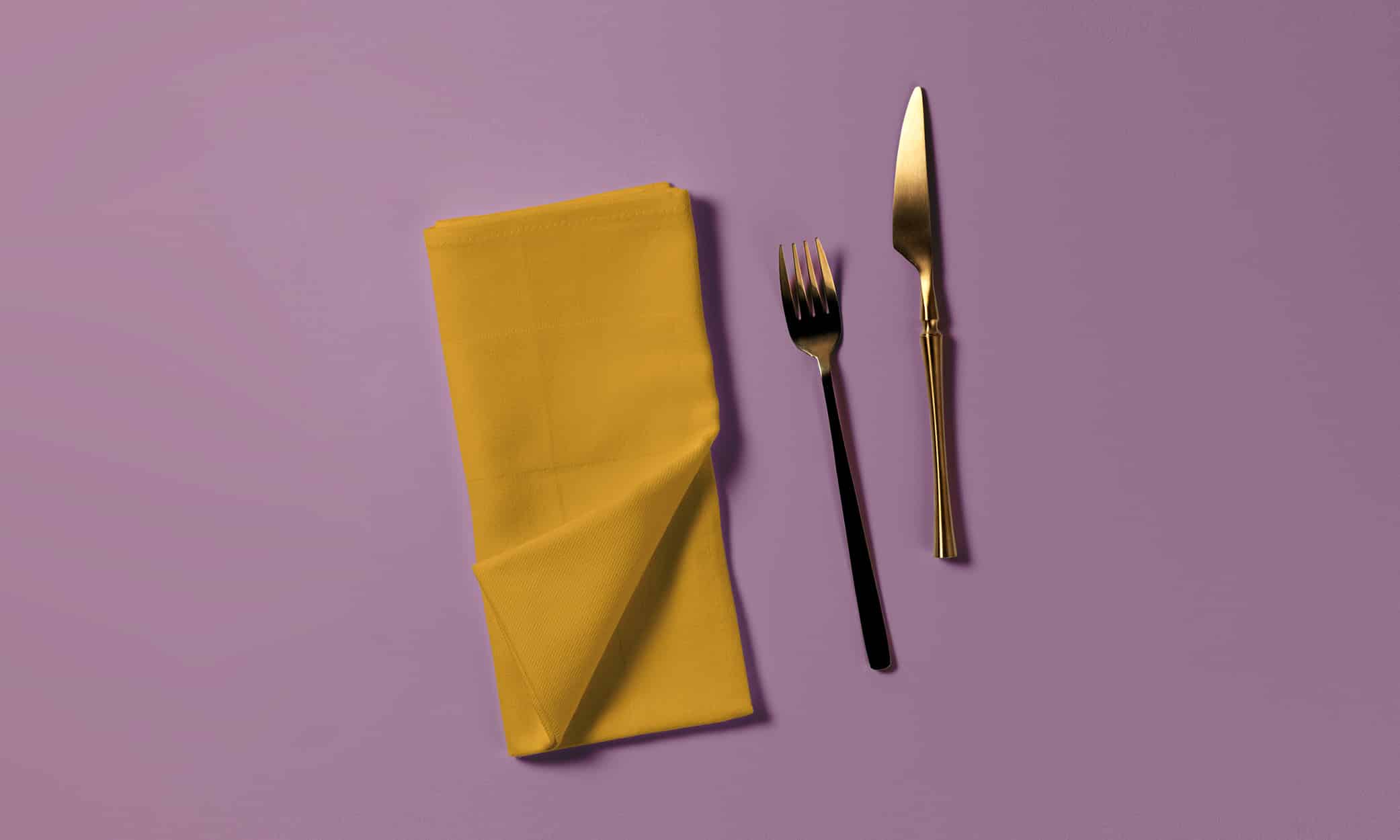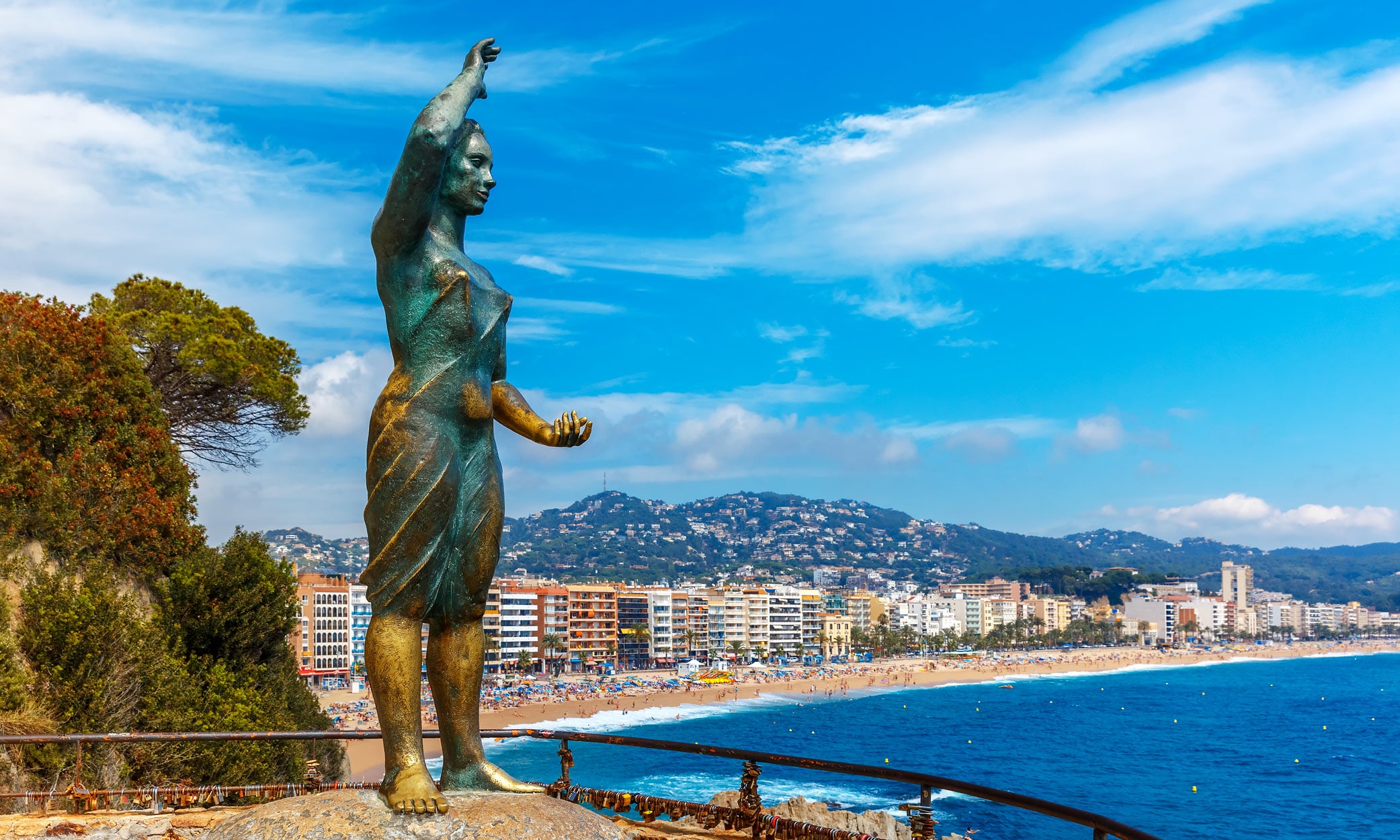
Have you ever been confused between the menú del día, which is common all over Spain, and ordering à la carte, or “from the menu” as one would say in English? For English speakers, the word “menú” itself is usually the cause of any confusion, but it’s really not complicated at all once you know.
What is a Menú del Día in Spain?
For those of you who come to the Costa Brava on vacation, eating out is a major part of your experience here, especially as you will probably do so far more often than you would in your “regular” life at home. And for those of you who have chosen to move here on a more permanent basis, one of the joys of life here is the local cuisine, aided by the fact that eating out tends to be far more economical than it is in most northern European countries. This is particularly the case with the famous menú del día.
The menú de día is a fixed-price, three-course lunch that usually includes a drink and is served at most local restaurants during weekdays. Each day offers a unique selection of seasonal dishes at an affordable price.
Origins of El Menú del Día
The menú del día originated in 1960s Spain, a time when the country was in a deep economic crisis. The story goes that the dictator General Francisco Franco, or “Generalissimo”, as he liked to be called, supposedly came up with the concept himself in 1964 (or at least he took the credit for it anyway), with the idea of providing workers on low incomes with an affordable but nourishing midday meal during the working week. It is for this reason that the menú wasn’t—and still isn’t nowadays—typically available on weekends.
You might occasionally hear some locals say that the menú del día is about the only positive thing Franco ever did during all his years in power – or here in Catalunya, probably mutter and mumble it rather than utter it out loud. Giving Franco credit for anything is pretty unusual around these parts! Today, it is legally no longer obligatory for restaurants to offer a menú del día, but the majority still do.
How to Order a Menú del Día in Spain?
Before we proceed, it’s probably a good idea to clarify one thing and eliminate any confusion regarding the vocabulary. If you would like to order from the full menu, please ask for “la carta”. When speaking English, it is very common to borrow from French and say “à la carte” to mean to order “from the menu”. So if you remember that, it will help you to remember to ask for “la carta” if that is what you want.
The menú del día is almost always a set menu of three courses, typically available only during the middle of the day. If you ask your waiter for “the menu”, expecting him to provide you with la carta, he will probably start telling you about what’s available on el menú del día for that particular day. It might be a little confusing for foreigners (at least for English speakers) the first couple of times, but you’ll get the hang of it quickly enough!
So, What Do You Get?
A menú del día typically consists of three courses: el primer plato (first dish), where you get to choose one of two or three dishes; el segundo plato (second dish), again with two or three options; and el postre (dessert). You will also be given bread and a drink, usually water, a glass of wine, or a caña [canya] of beer, all included in the set price. (The square parentheses [ ] denote the Catalan word if it is different from the Castellano-Spanish equivalent.)
Typical choices for your first course might include a salad, soup, or a small dish of rice, beans, or pasta. The second usually consists of a meat or fish dish, or sometimes, but not always, a vegetarian option. (If your diet is strictly vegan, you’ll probably have to look for a specifically vegan restaurant.) Desserts can vary widely from place to place, sometimes homemade and sometimes not.
In many restaurants, the menú changes from day to day, depending on what is available or on what ingredients the chef wants to use up. For this reason, it is most commonly written on a chalkboard or whiteboard rather than printed out. Sometimes it might not be written anywhere, but that doesn’t necessarily mean there is no menú available – you may just need to ask the waiter.
In fact, if the chalkboard looks like it was written in a hurry or not written at all, it can be a good sign, as the chef may have only decided what the day’s offering would consist of once back from the market with fresh produce. This also explains why it is somewhat unusual to find the menú del día translated into any other language. If you see a printed, translated, and laminated menú with photos, it might be best to try somewhere else, as it could well be a franchise, and the food is more likely to be processed and/or frozen.
The best rule of thumb, though, is to look inside and see if the place is popular, particularly with locals – or even better, just ask one of them!
Value for money?
So, how much should a menú del día typically cost? As of 2025, the average price countrywide is estimated to be around €14; therefore, prices usually range from €12 to €17. Prices vary depending on location, and on the Costa Brava, you’ll find a wide range from local menús del día in traditional eateries to pricier menus in seaside towns or tourist hotspots. As with restaurant prices in general, how much you pay depends on location, quality, and portion size. It’s not an exact science, and there’s always an element of trial and error involved.
For example, you may find an excellent meal in one restaurant for, say, €13 and then try another for €16, which you don’t find as good. On the other hand, don’t be put off by a slightly more expensive one as the higher quality of the food might be well worth an extra few euros and the portions may be more substantial, or they may give you a half bottle of wine rather than just a small glass, for example. Sometimes, on pricier versions, the coffee is included as well, whereas it usually costs extra or is occasionally offered as an alternative to dessert on a cheaper one.
In more upscale restaurants, you will often see set menus at significantly higher prices. Typically, these offer a particular star dish or ingredient and may be available for a limited time only, such as during a gastronomic campaign. Sometimes these can be excellent value for money, despite the higher price tag, given the quality of the food. They follow the same model as a regular menú del día, but are a long way removed from the original concept intended for hard-working Spaniards of modest means.
Menú del Día or la Carta?
There are a couple of advantages to ordering a set menú, the main one probably being the price, as we explained. Another is that you will most likely be served very quickly – indeed, sometimes it feels like too quickly! As the ingredients will be mostly pre-prepared, you will not have finished your first course before the waiter takes away your empty plate with one hand while serving you your second dish with the other.
If you happen to be a little short on time, this might be just what you’re after, as your entire meal can be over and done with in half an hour. You’ll often find such places near bus and train stations, where people are typically in a bit of a rush. If you have the time for a more leisurely meal, ask to see the la carta as well.
While visitors to the Costa Brava are often tempted by the menú del día for its unbeatable value, exploring *la carta *occasionally lets you sample more regional specialities.
A trap that many foreigners in Spain often fall into is always opting for the menú del día, as they can’t resist the great value for money they see, and ignoring the la carta. It’s always a good idea to consider both before making a choice, even from a purely price point of view. After all, there’s not much point in ordering a €13 menú just because it’s cheap, and then eating, for example, a salad you don’t want for your first course instead of ordering a single-course main dish from la carta that you would much prefer for around the same price!
Going for a set option every time you eat out means you are probably missing out on lots of delicious local dishes and delicacies, as there are many of those that you will never see on a menú del día. One of the greatest things about this country is the Spanish cuisine, so, by all means, enjoy the cheap and cheerful set menus from time to time, but don’t limit yourself to those alone, or you will end up going home and telling your friends that the food you tried in Spain was “pretty decent and quite cheap” rather than “absolutely fabulous“, but still very affordable”!
There are a couple of advantages to ordering a set menú, the main one probably being the price, as we explained. Another is that you will most likely be served very quickly – indeed, sometimes it feels like too quickly! As the ingredients will be mostly pre-prepared, you will not have finished your first course before the waiter takes away your empty plate with one hand while serving you your second dish with the other.
If you happen to be a little short on time, this might be just what you’re after, as your entire meal can be over and done with in half an hour. You’ll often find such places near bus and train stations, where people are typically in a bit of a rush. If you have the time for a more leisurely meal, ask to see the la carta as well.
While visitors to the Costa Brava are often tempted by the menú del día for its unbeatable value, exploring la carta occasionally lets you sample more regional specialities.
A trap that many foreigners in Spain often fall into is always opting for the menú del día, as they can’t resist the great value for money they see, and ignoring the la carta. It’s always a good idea to consider both before making a choice, even from a purely price point of view. After all, there’s not much point in ordering a €13 menú just because it’s cheap, and then eating, for example, a salad you don’t want for your first course instead of ordering a single-course main dish from la carta that you would much prefer for around the same price!
Going for a set option every time you eat out means you are probably missing out on lots of delicious local dishes and delicacies, as there are many of those that you will never see on a menú del día. One of the greatest things about this country is the Spanish cuisine, so, by all means, enjoy the cheap and cheerful set menus from time to time, but don’t limit yourself to those alone, or you will end up going home and telling your friends that the food you tried in Spain was “pretty decent and quite cheap” rather than “absolutely fabulous, but still very affordable”!
Check our Food & Drink and Practical Info sections for more Costa Brava tips!








